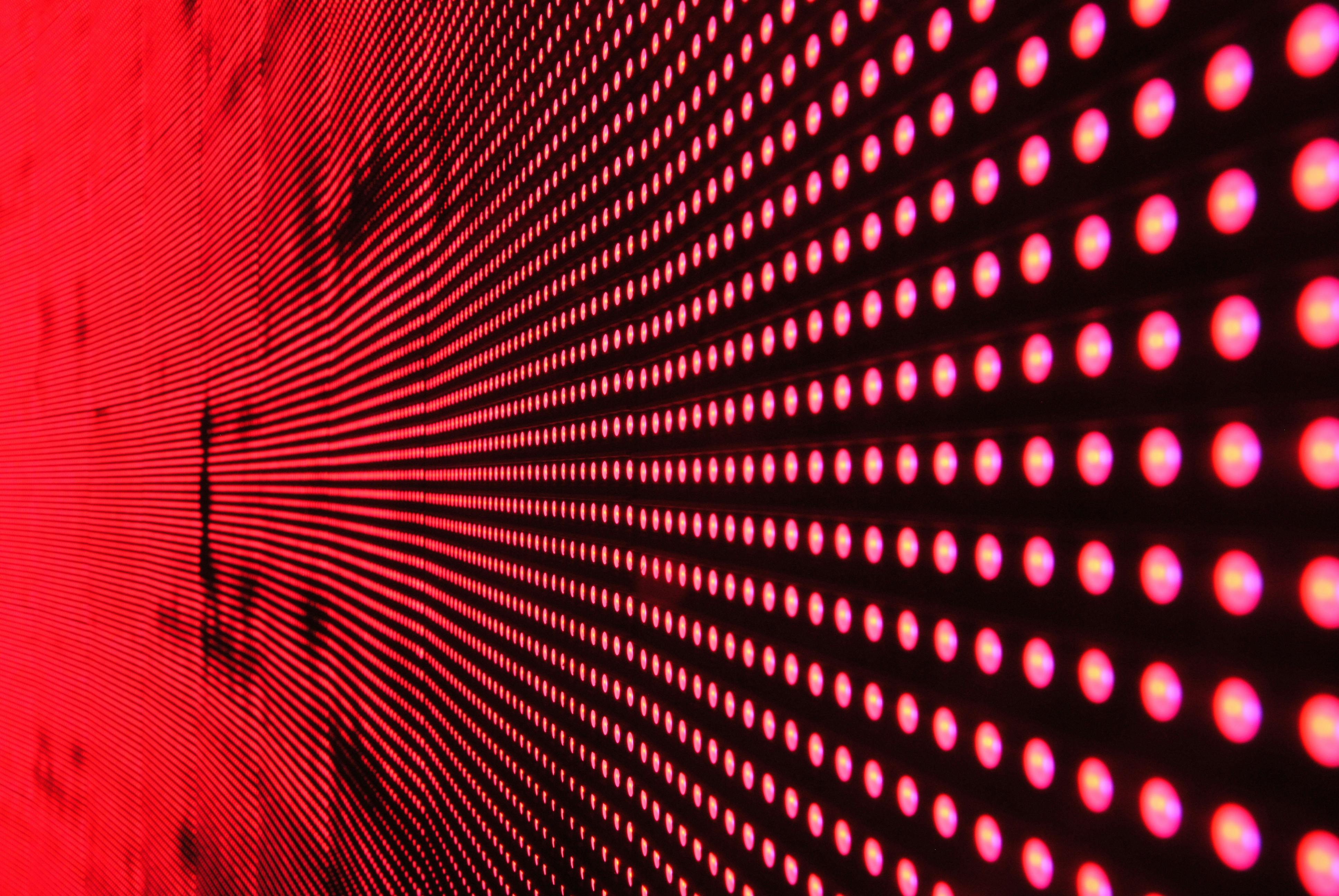Reshaping Reality: The Pioneering Influence of Augmented Reality in Modern Art
In an era where technology and art intertwine more than ever, Augmented Reality (AR) has emerged as a transformative force in contemporary art. This cutting-edge technology allows artists to push the boundaries of creative expression, offering new dimensions to the conventional art experience.

Unveiling Augmented Reality: A Journey Back in Time
Augmented Reality, an innovative technology that superimposes a computer-generated image on a user’s view of the real world, is not as modern as it may seem. The concept can be traced back to the 1950s, when Morton Heilig, often referred to as the “Father of Virtual Reality,” developed the Sensorama. This machine, akin to an arcade-style theater cabinet, was designed to stimulate all the senses, not just sight and sound, marking a significant step in immersive experiences. Over the years, AR has evolved and expanded, gaining prominence in various fields, including the vibrant world of art.
Augmented Reality: The New Canvas
Today, AR has become a versatile tool for artists, allowing them to shatter traditional artistic constraints and redefine the boundaries of creative expression. Artists such as Marina Abramović, Olafur Eliasson, and Ai Weiwei have incorporated AR into their works, presenting an enhanced, interactive art experience that challenges viewers’ perceptions of space and reality.
Making Headlines: AR’s Latest Breakthroughs in Art
In terms of recent developments, the digital art platform Acute Art is making waves by collaborating with notable artists to produce AR and VR artworks. Furthermore, the art world saw a significant event in 2020 when the first-ever AR art film, ‘Leviathan,’ by the Turner Prize-winning artist Charlotte Prodger, was unveiled at the 58th Venice Biennale. With these advancements, it’s clear that AR is continuing to push the envelope of artistic innovation.
Analyzing Impact: AR’s Revolution in Art Reception
AR’s impact on the art world extends beyond the canvas—it’s reshaping the viewer’s experience and interaction with art. By blending the digital and physical realms, AR provides a more immersive, engaging experience, prompting viewers to interact with art in new and unprecedented ways. Furthermore, AR democratizes art, making it more accessible to a wider audience. One needn’t visit an art gallery to experience AR art; it can be appreciated anywhere, anytime, through a smartphone or AR glasses.
Looking Ahead at AR’s Artistic Trajectory
As we stand on the brink of a new artistic era, the potential of Augmented Reality continues to ignite the imagination of artists worldwide. While it’s impossible to predict precisely how AR will shape the future of art, one thing is clear: its influence will continue to expand, pushing the boundaries of creativity and redefining how we perceive and interact with art. As artists continue to explore this new medium, we can look forward to a future where art is not merely observed but experienced in all its multi-dimensional glory.




